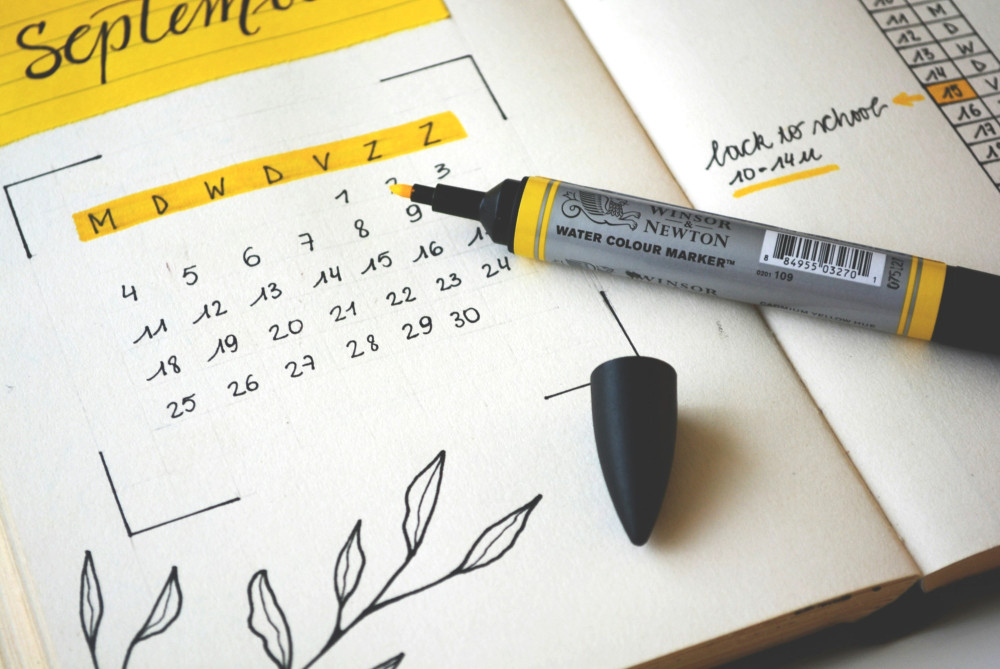
Sole Trader Tax: Glossary and Dates
Key Takeaways:
Understand important terms we’ll use throughout this guide
Learn when PAYG instalments and annual taxes are due
Whether you’re doing your taxes for the first time or simply need a refresher before you jump into this year’s tax return, this page will help you understand the fundamentals and ATO terms we’ll be using.
Let’s dive in!
Glossary of Tax Terms
GST
GST is a 10% tax charged on goods and services sold in Australia. Freelancers earning more than $75,000 a year from their business usually have to collect this fee on their invoices.
Also, you are likely to be charged GST on some products and services you use. You can claim this back at tax time.
BAS
BAS is a form businesses must submit to the Australian Tax Office, usually on a quarterly basis. It summarises:
Your gross income for the quarter
The GST you charged clients over the quarter
The GST you paid on business expenses
When you submit your BAS, you’ll also submit a payment covering your PAYG instalment (see below) and the balance of your GST. (GST you charged minus GST you paid on business expenses.)
PAYG
The ATO’s PAYG system spreads out tax payments throughout the financial year, typically quarterly. Most freelancers and sole traders are required to make PAYG instalments.
The ATO will use your annual tax return from the prior year to estimate how much you owe for Q1 of the coming financial year. They will either assign you a flat rate dollar amount (like $1,000 quarterly) or give you a percentage as an instalment rate, like 17% of what you earn.
Sole traders can adjust their instalments to more closely reflect their income each quarter and avoid over or underpaying.
Note: These types of PAYG payments are called PAYG-I, which stands for “Individuals.” PAYG-w stands for “withholding,” which is when you withhold instalments on behalf of your employees
EOFY
June 30th is the last day of the financial year, which makes July 1st the first day of the new financial year.
When do I need to submit my income tax return?
Your tax return for the financial year that’s just ended must be filed by October 31st if you are lodging on your own, and May 15th if you are filing with a registered tax agent.

When do I need to submit my BAS forms?
The ATO will send you an alert via the MyGov portal before you need to make payments, but it’s still a good idea to mark down these BAS due dates.
-
Quarter 1July - September
October 28
-
Quarter 2October - December
February 28
-
Quarter 3January - March
April 28
-
Quarter 4April - June
July 28

What’s the difference between quarterly tax payments and your annual tax return?
Your annual tax return is a summary of your business activity over the entire financial year that’s just ended. When you file this, you’re giving the ATO information about:
The income you earned over the financial year
The business expenses you had over the financial year
The ATO then uses this information to estimate your quarterly PAYG payments over the coming financial year.
Your fourth quarterly payment for the financial year may happen around the same time as your annual tax return, but they are not the same thing. You always need to file an annual tax return, as well as all four quarterly payments each year.
-
 Step One
Step OneSole Trader Tax: Glossary and Dates
Essential information you need before you start -
 Step 2
Step 2Calculating your taxable income
Track how much tax you’ll owe and plan ahead -
 Step 3
Step 3What can I claim on tax as a sole trader?
How to use business expenses to cut down on your tax bill -
 Step 4
Step 4Sole trader GST
Learn how to collect and pay GST -
 Step 5
Step 5BAS & PAYG for sole traders
Pay taxes throughout the year to make EOFY easier -
 Step 6
Step 6Checklist for filing your sole trader tax return